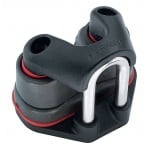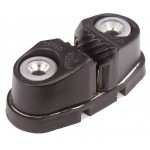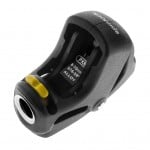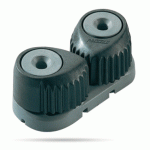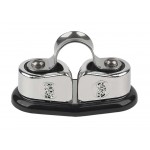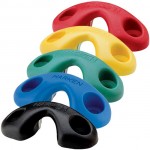Cam Cleats
On a sailboat, a cam cleat is a device used to quickly and securely hold a rope in place.
How does a cam cleat work?:
Cam Mechanism: The core of a cam cleat is a spring-loaded cam. This cam has a curved surface that interacts with the rope.
Gripping Action: When the rope is pulled through the cleat, the cam engages with the rope, creating friction. This friction, combined with the spring tension, holds the rope securely in place.
Release: To release the rope, you simply pull the rope upwards, which disengages the cam from the rope.
What is a cam cleat used for?
Securing Lines: Cam cleats are widely used to secure various lines on a sailboat, including:
Sheets: These control the sails.
Halyards: These raise and lower the sails.
Control lines: These adjust various parts of the rigging.
What are the benefits of using cam cleats?
Improved Efficiency: They make it easier and faster for the crew to handle lines, especially during maneuvers.
Compact Design: Cam cleats are relatively small and compact, making them easy to install and use in confined spaces.
Cam cleats are an essential tool for any sailor, providing a safe and efficient way to handle the various lines on a sailboat.

